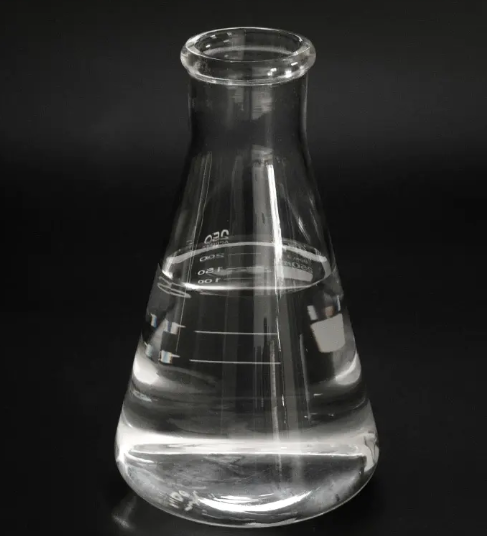Learn about recent related news.

Is sodium colloidal silica susceptible to moisture, agglomeration, or degradation in different environments?
The stability of sodium colloidal silica in different environments is one of the key factors in its application effect. Due to its special physical properties, sodium colloidal silica may show problems such as moisture, agglomeration or degradation under certain environmental conditions, which puts higher requirements on its use and storage.
Sodium colloidal silica is a powdered material with a large specific surface area, which makes it have a strong adsorption capacity for moisture. In a humid environment, sodium colloidal silica easily absorbs moisture from the air, resulting in the formation of a water film on its surface. This moisture adsorption may not only lead to changes in physical properties, such as agglomeration of particles, but also affect its effect in certain applications. For example, in fields such as coatings or cosmetics, moisture adsorption may cause a decrease in the viscosity, fluidity and stability of the product. Therefore, maintaining a dry environment for sodium colloidal silica is the key to preventing it from getting wet.
Due to the adsorption of moisture, sodium colloidal silica is prone to agglomeration. The occurrence of agglomeration not only affects its uniformity and dispersibility, but also makes it difficult to control its dosage and distribution during use. In the application of powdered or granular sodium colloidal silica, the agglomeration problem is particularly serious, which may cause equipment blockage or inconvenience in operation. To avoid agglomeration, it is usually necessary to take moisture-proof measures during production and storage, such as using moisture-proof packaging or controlling the humidity of the storage environment.
Sodium colloidal silica may degrade in extreme environments. Although it has good stability in normal environments, the structure of sodium colloidal silica may be affected in corrosive environments such as high temperature, high humidity or strong acid and alkali. Especially in high temperature environments, moisture may accelerate its degradation process, resulting in a decrease in its surface properties and performance. Therefore, when sodium colloidal silica is used in these environments, strict quality control must be carried out, and it may need to be properly modified or treated to improve its temperature and corrosion resistance.
In order to reduce the problem of sodium colloidal silica being damp, agglomerated or degraded in different environments, a series of measures need to be taken during production and use. For example, use sealed packaging, moisture-proof bags or desiccant, control storage temperature and humidity, and avoid exposing it to humid or extreme environments. In addition, R&D personnel can also enhance its anti-moisture and anti-agglomeration capabilities by adjusting the formula or modifying the surface properties of sodium colloidal silica.
Sodium colloidal silica may face problems such as moisture, agglomeration or degradation in different environments, but proper storage and handling can effectively reduce the impact of these problems on its performance. Ensuring the control of environmental conditions and the guarantee of product quality are crucial for the long-term stable application of sodium colloidal silica.
Related Products
-
Ammoniacal Colloidal silica/silica sol is a low density, colloidal silica used as a filler in coatin...
-
Colloidal silica/Silica Sol with Large Particle Size
Colloidal silica/Silica sol is a kind of colloid which is formed by nm-grade particles SiO2, dispers... -
Low Sodium Type Colloidal Silica/Silica Sol
Colloidal silica/Silica sol is a kind of colloid which is formed by nm-grade particles SiO2, dispers... -
Potassium Type Series Colloidal Silica/Silica Sol
Colloidal silica/Silica sol is a kind of colloid which is formed by nm-grade particles SiO2, dispers... -
Sodium Colloidal Silica/Silica Sol
Sodium Colloidal Silica/Silica Sol Colloidal silica/Silica sol is a kind of colloid which is formed ... -
Acid Series Colloidal Silica/Silica Sol
Acidic silica sol is a colloidal solution formed by uniform diffusion of silica particles in water. ... -
Colloidal Silica/Silica Sol With Small Particle Size
Colloidal silica/Silica sol is a kind of colloid which is formed by nm-grade particles SiO2, dispers... -
Neutral Colloidal Silica/Silica Sol
Colloidal silica/Silica sol is a kind of colloid which is formed by nm-grade particles SiO2, dispers...


 中文简体
中文简体